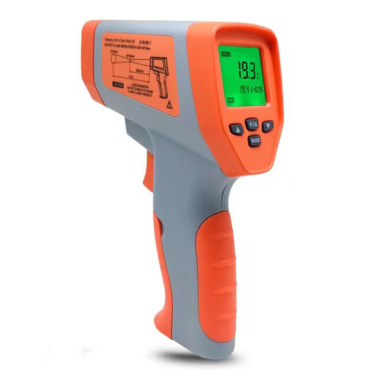**Cooking Thermometer: Essential Tool for Perfectly Cooked Meals**

html
Cooking Thermometer: Essential Tool for Perfectly Cooked Meals
When it comes to cooking, precision is key—especially when preparing meats, baked goods, or delicate dishes. A cooking thermometer is an indispensable tool for any home chef or professional cook, ensuring food is cooked to the perfect temperature every time. Whether you’re grilling a steak, roasting a turkey, or making candy, this simple device can make the difference between a culinary masterpiece and a disappointing meal.
Why Use a Cooking Thermometer?
Many people rely on guesswork or visual cues to determine if food is done, but these methods are often unreliable. Undercooked food can pose health risks, while overcooked food loses flavor and texture. A cooking thermometer eliminates the guesswork by providing an accurate reading of the internal temperature of your food. This ensures:
- Food Safety: Prevents undercooking, which can lead to foodborne illnesses.
- Perfect Doneness: Achieves the ideal texture and juiciness for meats and other dishes.
- Consistency: Replicates successful results every time you cook.
Types of Cooking Thermometers
There are several types of cooking thermometers available, each suited for different cooking methods:
Instant-Read Thermometers
These thermometers provide quick temperature readings and are ideal for checking the doneness of meats, casseroles, and other dishes. They are not designed to stay in the food while cooking but are perfect for spot checks.
Oven-Safe Thermometers
Designed to remain in the food while it cooks in the oven, these thermometers are great for roasts, whole poultry, and baked goods. They often have a dial display and can monitor temperature throughout the cooking process.
Probe Thermometers
These feature a probe attached to a cord, allowing you to monitor the temperature remotely (often with a digital display). They are excellent for grilling, smoking, or slow-cooking large cuts of meat.
Candy and Deep-Fry Thermometers
Specialized for high-temperature cooking, these thermometers measure the precise heat needed for frying oil or making candy, ensuring perfect caramelization or crispiness.
How to Use a Cooking Thermometer Correctly
To get the most accurate readings, follow these tips:
- Insert the thermometer into the thickest part of the food, avoiding bones or fat.
- For meats, check multiple spots to ensure even cooking.
- Wait a few seconds for the reading to stabilize (longer for analog thermometers).
- Clean the thermometer after each use to prevent cross-contamination.
Keyword: cooking thermometer
Recommended Temperatures for Common Foods
Here are some key temperature guidelines for perfectly cooked meals:
- Chicken & Turkey: 165°F (74°C)
- Beef (Medium-Rare): 130-135°F (54-57°C)
- Pork: 145°F (63°C)
- Fish: 145°F (63°C)
- Baked Goods: Varies (e